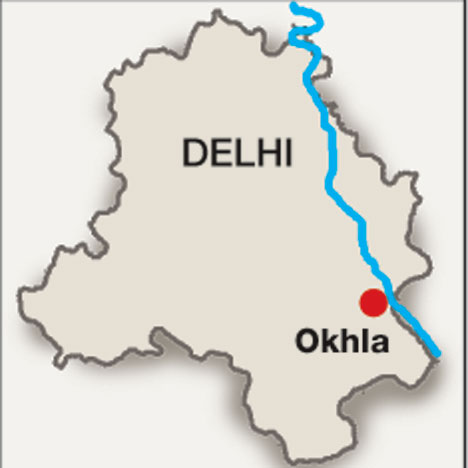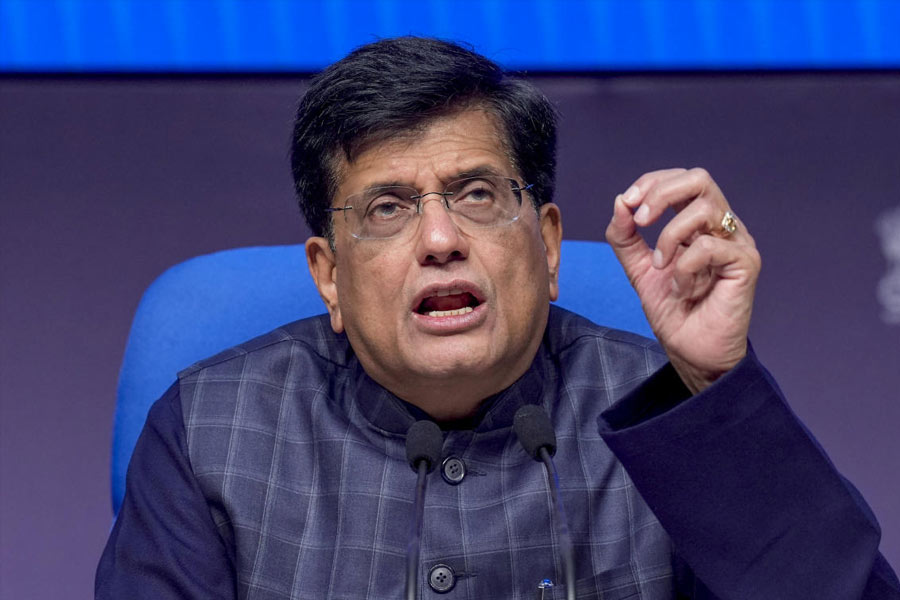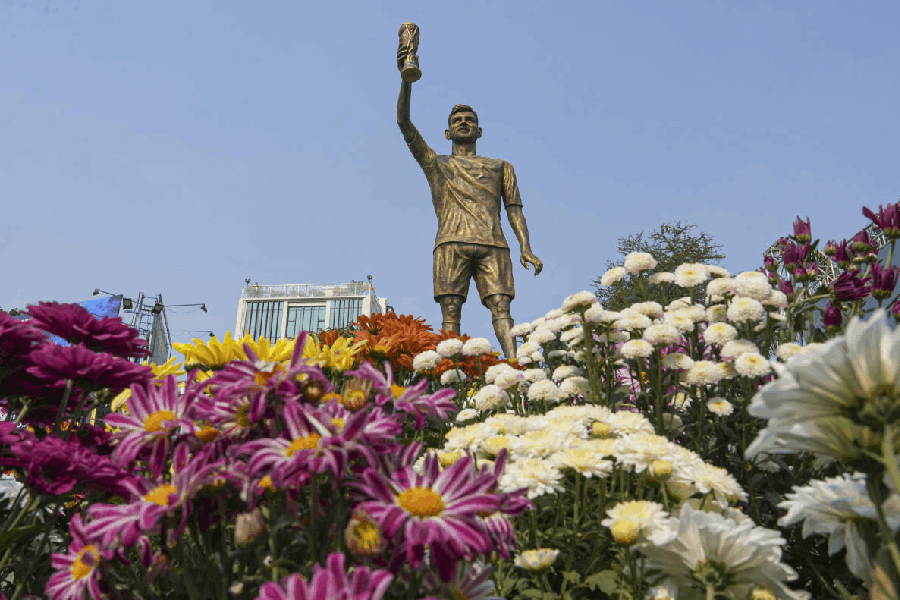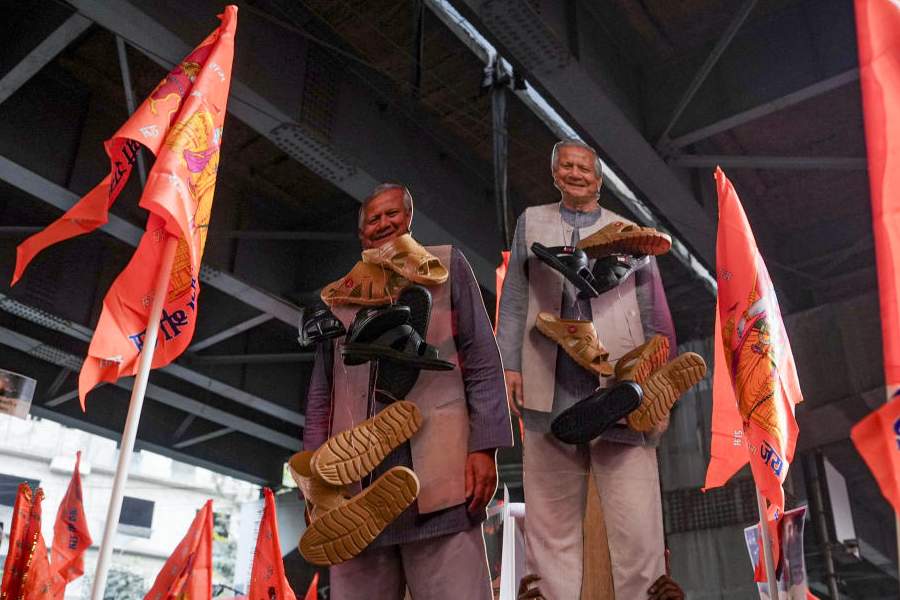
About a kilometre from where I live is a bird sanctuary. The National Capital Region's Okhla Bird Sanctuary is a favourite with early morning walkers of east Delhi's Mayur Vihar neighbourhood and Noida. It is basically a wetland that came into being after the construction of the Okhla barrage across the river Yamuna more than 30 years ago. Slowly, this became a stopover for migratory birds during winters. And somebody got the idea of converting it into a bird sanctuary.
Ornithologists claim to have sighted pelicans, spot-billed ducks, geese and Eurasian teals here. Some of them fly down all the way from Siberia, Europe, China. Local migratory birds to be spotted here include, flamingos, egrets, painted storks and herons.
A road that was running alongside the wetland was closed and two gates installed at both ends. In 1990, this four-square-kilometre area between the two gates was named Okhla Bird Sanctuary. It fell under the care of the Uttar Pradesh Forest Department.
Today, much of the static water is covered in weeds throughout the year. During summers, you will find some peacocks and a few other birds. A neighbourhood park would have more birds, I guess. But if you call it a bird sanctuary, you are bound to attract bird enthusiasts and tourists round the year.
A recent survey by the Delhi-based NGO, Wetlands International, pointed out that the sanctuary saw 11,000 feathered visitors this winter. As compared to previous years this is a much-diminished figure, more and more migratory birds have been staying away.
Regular walkers, who may otherwise not be able to differentiate between the squeaks of a squirrel and the quack of a common teal, need no survey to come to this conclusion. They will also tell you that the number of cattle roaming about the park has become more than ever before.
In fact, there are so many of them romping about that the survey would have done a great service if it had counted their numbers instead. It might have helped hasten the process of declaring it a safe abode for cows, very much in keeping with the policy of the UP government led by Yogi Adityanath. The chief minister had announced last year that cow sanctuaries would be opened in 75 districts of the state.
To get back to the sanctuary, for the last year guards here have not been turning away cattle that walk through its gates. This was after a local political leader and owner of a herd of cattle raised a stink. How dare they stop gaumatas from going wherever they wanted too, that too in UP? He was the one who allegedly pushed a few buttons and ensured that the sanctuary sentries were berated by the higher-ups.
The guards' twin tasks for years - ensuring that no cattle enter the sanctuary and warn snuggling couples - have been reduced to one task now.
A few months ago, the Union minister of state for home affairs, Hansraj G. Ahir, proposed that forestland be allotted to set up cow sanctuaries aross the country. He argued that this will help those cattle that farmers give up because they are no longer useful. The Okhla sanctuary is ready for both the useful and the useless.
If any "protected area" has been in need of protection, it has been this sanctuary. Buildings have sprung up within hundred metres of it, when there should have been none within a radius of 10 kilometres. Even new rules redefining "protected area" have been violated with impunity.
In most sanctuaries, birds depend on agricultural fields and aquatic insects to feed and use the trees and shrubs as breeding grounds. There are no irrigated fields in the vicinity of this sanctuary and whatever was available for the birds has been taken over by squatters.
One side of the sanctuary is continuously turning green with hyacinth, the other side was swallowed by Mayawati to build a huge Dalit memorial - hundreds of trees that were almost an extension of the sanctuary were slain for this purpose. Environmentalists raised red flags when a flyover was being constructed right next to it, but to no avail.
For the under-construction apartment tower just across the northern gate and rocketing as high as 80 floors, the sanctuary is one of the selling points. By the time people move into these apartments, the birds may not be visible from their balconies; the holy cows will remain.










